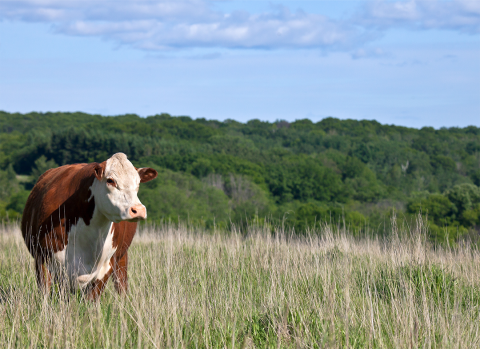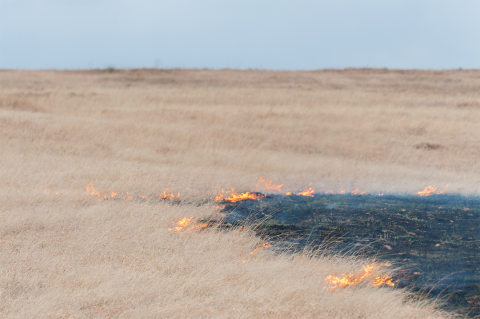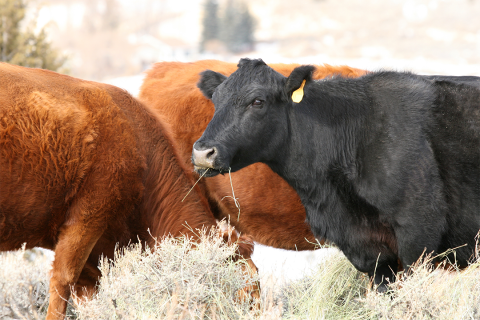Pasture and Forage Minute: Annual Forage Webinar Series, Improving Alfalfa Stands
April 17, 2024
Extension educators introduce a new webinar series for producers interested in adding an annual forage rotation to their operation, plus insights on grazing spring cereal grains and options for thin alfalfa stands.
Pasture and Forage Minute: Drones for Livestock Management, Drought Recovery
April 9, 2024
This week, extension educators weigh in on the pros and cons of drone use for livestock producers, and considerations for drought-damaged pastures and controlling winter annual weeds in alfalfa.
Pasture and Forage Minute: Double Cropping Forages, Wheat Grazing vs. Grain Value
April 3, 2024
Insights on double cropping annual forages in irrigated cropland, avoiding grass tetany, and making the decision to use wheat as forage or grain this year.
Pasture and Forage Minute: Grazing Management Following Wildfire, Spring Planted Alfalfa
March 7, 2024
Grazing management recommendations for producers affected by wildfire in central Nebraska in late February, and considerations for establishing new alfalfa stands this spring.

Pasture and Forage Minute: A Closer Look at Section 180, Forage Inventory Season
February 6, 2024
With recent land purchases, many Nebraska producers are seeking to better understand IRS Section 180 tax deductions. This article provides a review of the tax code and its potential financial implications for landowners of newly acquired land.
Pasture and Forage Minute: Considerations for Grazing After Fall Fertilizers, Using Alfalfa as Protein Supplement
December 6, 2023
Extension insights on grazing crop residue following fertilizer applications and using alfalfa as a protein supplement in winter feed.
Pasture and Forage Minute: Cornstalk Nutrition and Winter Forage Snow Cover
November 6, 2023
Insights on the nutritional value of cornstalk grazing and the importance of leaving stubble at harvest to help build snow cover.

Manure Stockpiles: Mind Your Manners
October 6, 2023
All manure managers should focus on reducing nuisance odor risks and preventing nutrient loss from stored manure piles.






